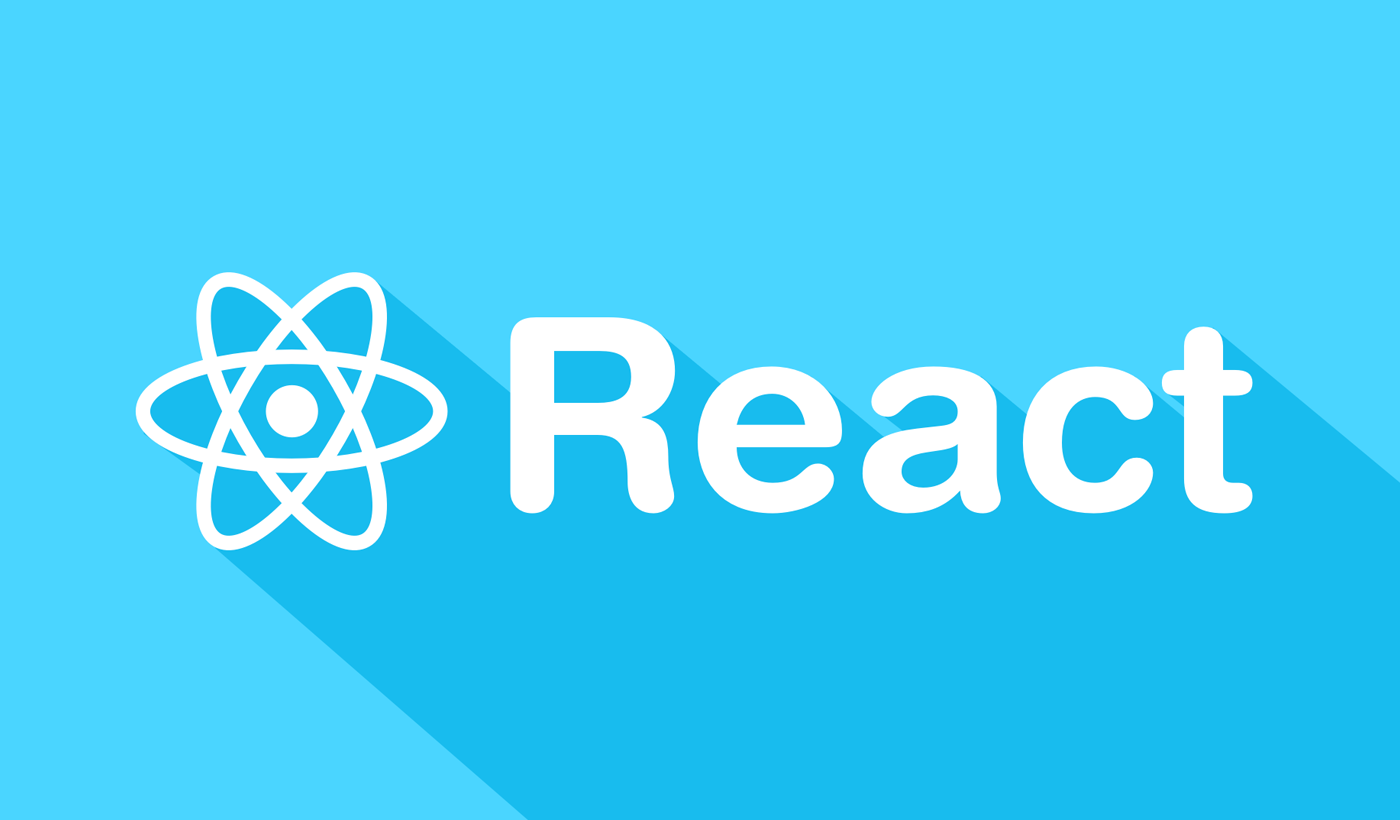
This is why you need state management in your application. If developers do not have scalability in mind then it is really hard to find out what is happening when something goes wrong.

Here is a simple example of an e-commerce application, in which the status of multiple components will change when purchasing a product. React applications are built using components and they manage their state internally and it works well for applications with few components, but when the application grows bigger, the complexity of managing states shared across components becomes difficult. Make a state variable responsible for one concern to use efficiently. If a user changes state by interacting with your application, the UI may look completely different afterwards, because it's represented by this new state rather than the old state. The state is just a fancy term for a JavaScript data structure. The state is encapsulated data where you store assets that are persistent between component renderings. React components have a built-in state object. In this post, We are going to take a closer look at both React hooks and Redux to manage the state. In large applications, React alone is not sufficient to handle the complexity which is why some developers use React hooks and others use state management libraries such as Redux.

Biggest Challenge in React application is the management of state for frontend developers.


 0 kommentar(er)
0 kommentar(er)
